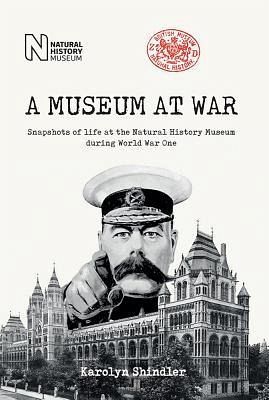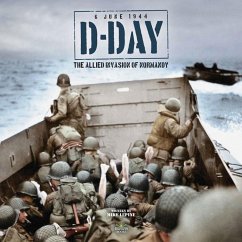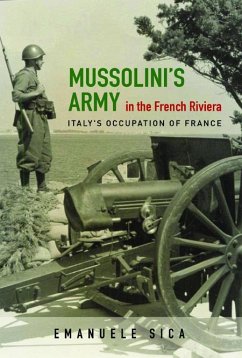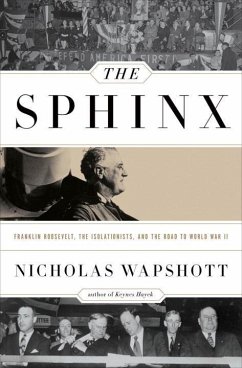
A Museum at War: Snapshots of the Natural History Museum During World War One
Versandkostenfrei!
Versandfertig in über 4 Wochen
20,99 €
inkl. MwSt.

PAYBACK Punkte
10 °P sammeln!
For the Natural History Museum - as with so many other organisations - the Great War brought unimagined change. Sixty-one members of staff serve in the military. Thirteen of them die. Routine work is suspended as, over the four years of the war, 14 government departments - from the Admiralty and the War Office to the Home Office and the Board of Agriculture and Fisheries - turn to the Museum for its scientific expertise and innovation. Its scientists are consulted on a huge range of issues from airship construction, how protective coloration in nature can be applied to war - we know it now as ...
For the Natural History Museum - as with so many other organisations - the Great War brought unimagined change. Sixty-one members of staff serve in the military. Thirteen of them die. Routine work is suspended as, over the four years of the war, 14 government departments - from the Admiralty and the War Office to the Home Office and the Board of Agriculture and Fisheries - turn to the Museum for its scientific expertise and innovation. Its scientists are consulted on a huge range of issues from airship construction, how protective coloration in nature can be applied to war - we know it now as camouflage - to the roles of whales and seagulls in anti-bmarine warfare, and how to protect soldiers from the potentially deadly dangers of mosquitoes, flies and lice. The scientists' work is recorded month by month in their reports to the Museum Trustees. Through this remarkable archive, a diary of extraordinary endeavour and perseverance, Karolyn Shindler reveals how, for four years, the Natural History Museum played an unexpected and significant role in Britain's war effort.












